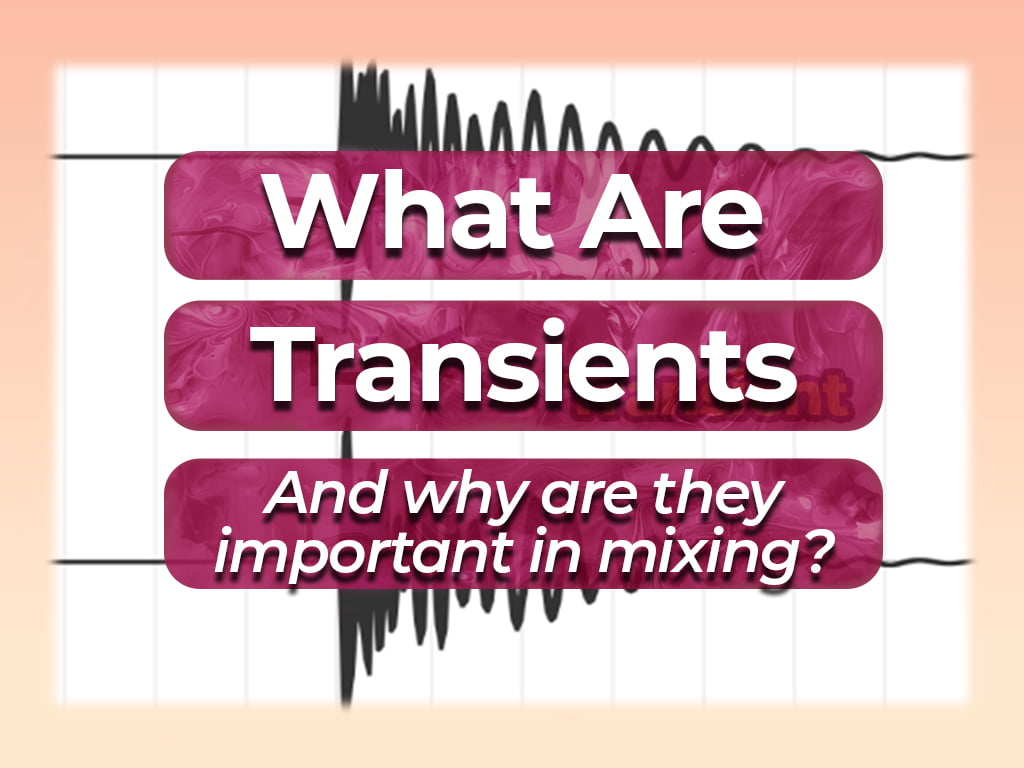@Lambda my cable is 0.2uH / meter and 0.015 ohm approx. At 20Khz, the reactance is 0.025, so impedance doubles. However, that a smaller effect than the load swinging from 3 ohms to 12-15 ohms from 20Hz - 2Khz when coupled with the 0.015 resistance that dominates in the cable at those frequencies.
w.r.t. transmission lines and transients, THIS is the formula for characteristics impedance --
And it takes into account the "frequency" of the transient and you will note, it does not give a care w.r.t. absolute amplitude.
As
@SIY points out, this is pedantic and meaningless, as at audio frequencies, the speaker impedance is all over the maps, I will point out the cable impedance is all over the map (and is very high at low frequencies), and when coupled with typical cable length, a lumped model is sufficient for about >>10 orders of magnitude voltage accuracy (>200db) or for less than the thermal noise of any possible circuit.

